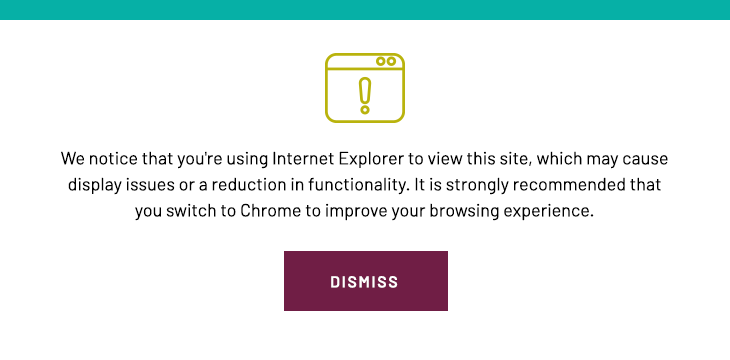



Climate change is one of the most critical challenges facing our world today. To combat this, many states, municipalities, higher education institutions, and private entities are rapidly pursuing a goal of carbon neutrality for their buildings by 2030 and net-zero emissions by 2050 or sooner. At the federal level, President Biden’s Executive Order 14008 (also known as “Tackling the Climate Crisis at Home and Abroad”) sets out a comprehensive plan for all federal buildings to achieve net-zero emissions, economy-wide, by no later than 2050.
On top of their existing duties, many facilities managers will now be responsible for leading the charge of sustainability. Some facilities managers already have a plan in place to achieve net zero and some may need support with filling gaps in their capabilities. Other facilities managers are just getting started on their zero-carbon journey and still need to develop a carbon neutrality plan.
Developing an effective carbon neutrality plan requires a cross-section of skills. Not only does an effective plan establish the energy and carbon reduction targets, but it also outlines incremental milestones for achieving them. Done right, the process of implementing a carbon-neutrality plan requires expertise in program management, risk analysis, master planning and scheduling, cost estimating and value engineering, ASHRAE energy audits, monitoring-based commissioning, and sustainability consulting. Carbon neutrality plans also require significant investments for the duration of the program, so funding sources and processes such as applying for grants, rebates, and energy incentives need to be identified.
Not sure where to get started on your pursuit of carbon neutrality and achieving net zero? Here are five things you need to know:
The first order of business when developing a carbon neutrality plan is to determine your baseline to identify current carbon emissions, energy efficiency, and all utility costs including each fuel type, water consumption, and waste. This will establish the baseline year against which all reductions are referenced and will require a process of repeatable data collection methods.
With respect to the built environment, two types of carbon emissions must be evaluated: operational carbon and embodied carbon. Operational carbon refers to the carbon emissions resulting from the day-to-day activities of buildings and infrastructure. For example, the energy used to heat, cool, and light a building, as well as the emissions from transportation to and from the building, all contribute to operational carbon emissions.
Embodied carbon, on the other hand, refers to the carbon emissions associated with the production and transportation of materials used in buildings and infrastructure, as well as the construction process itself. This includes the emissions from mining, manufacturing, and transportation of materials like concrete, steel, and wood. According to the Carbon Leadership Forum, the embodied carbon of a typical 50-story office tower can be as much as 20% of its total lifetime carbon emissions.
Reducing embodied carbon is an essential part of an overall carbon neutrality plan, however, we will focus here on what facilities managers can control now: the operational carbon of existing buildings.
ASHRAE estimates that energy efficiency reductions in the range of 39% are needed to meet the 2050 goals. Therefore, reducing the energy consumption of your existing building portfolio is a critical step in any decarbonization program. This requires a methodical approach to conducting facility assessments and energy audits, and the implementation of repairs and energy conservation measures (ECM) identified in the energy audit reports. Prioritizing which facilities will undergo repairs is critical to gaining momentum and accruing additional capital from energy cost avoidance that can be reinvested into the sustainability program.
To maintain performance, buildings that have gone through an energy audit process, including the completion of repairs and ECMs, cannot be ignored as you continue working through your remaining portfolio. Continuous energy tracking is required to verify that systems maintain their improved energy efficiency. This is an excellent time to implement a monitoring-based commissioning (MBCx) system to continuously process fault detection data analytics to maintain and improve the operation of your systems. When system drift occurs, you can identify what caused the drift and address it immediately rather than finding there is a problem weeks later when your utility bill arrives, then spending days searching for the cause. When done correctly, MBCx can also automatically perform carbon counting calculations and verify that energy efficiency is maintained.
The next step is the electrification of building systems. This includes converting fuel-burning systems to electric. Gas-fired, domestic water heaters may be replaced with solar water heating and water-to-water heat exchangers, gas boilers can be replaced with heat pump boilers, and even gas-fired kitchen ranges can be replaced with induction cooktops.
However, many of your fuel-burning systems are likely not near the end of their useful life. Moreover, utility costs for natural gas remain lower than electric. You can include plans to replace these systems in the future and still meet your 2050 goals.
After your facilities are operating more efficiently, and fuel-burning systems have been replaced (or forecasted to be replaced) with electric, then your remaining electric load can be determined, and your on-site renewable energy systems can be appropriately sized.
Typically, this would include photo-voltaic systems, but also consider what your local utility company’s sustainability plans are. It is possible that the electricity supplied to your site may soon be generated by renewable energy, thereby reducing the need to supplement with on-site renewables.
But that also brings to light another larger issue: the current electric distribution infrastructure does not currently have the capacity to provide the power required to supply electricity to 100% electric buildings. Therefore, it is more likely that many buildings will implement a mixed-fuel path toward their sustainability goals. These facilities may incorporate provisions to improve the performance and air quality of combustion equipment. Combustion systems would be replaced with high-efficiency condensing boilers and optimized control sequences. So while 100% electric may not be feasible, there are improvements that can be made to existing fueled facilities that can be considered in a carbon neutrality plan.
Finally, to offset not only emissions of mixed-fuel buildings but also to account for a building’s embodied carbon, net-zero emissions can be achieved by purchasing renewable energy certificates (RECs). RECs are issued when 1 MWh of electricity is generated and delivered to the electricity grid from a renewable energy source. The REC represents that the energy comes from a clean source and has little to no carbon emissions associated with the production and use of the electricity. By purchasing these RECs, the building can be carbon-free as it is using certified clean energy to power the building.
Developing and executing a carbon neutrality plan is complex. Whether you need to fill gaps in your capabilities or need to develop an entire roadmap, we can custom tailor our solutions to make them targeted, or turnkey, to work specifically for you.
Attending the 2023 State Energy Conference of North Carolina? Make sure to swing by our booth to chat with me about the information above or contact me directly at kday@mbpce.com.
Comments